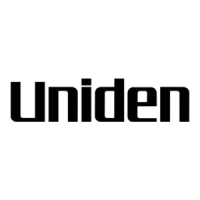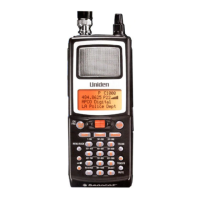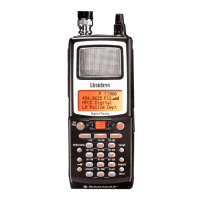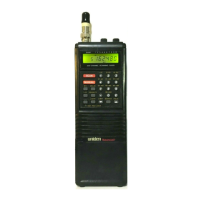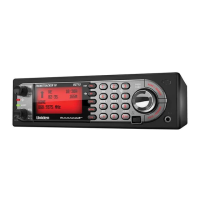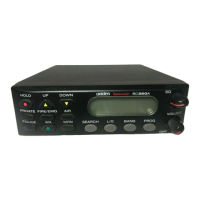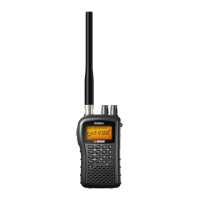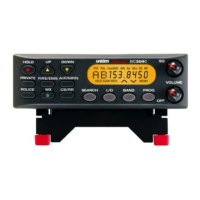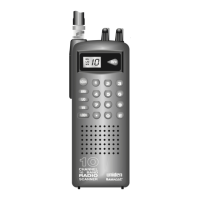Why won't my Uniden BC246T Scanner scan stop?
- CCassandra DuranAug 20, 2025
If your Uniden Scanner scan won’t stop, several factors could be at play. First, try adjusting the squelch threshold. Also, verify the antenna connection. Ensure that the channels you wish to scan are not locked out and that the channel’s frequency is stored in the scanner’s memory. Finally, the channel might not be active, so wait for a transmission.
